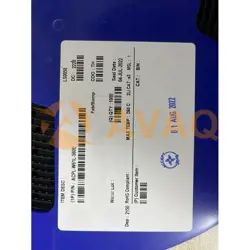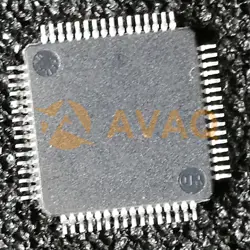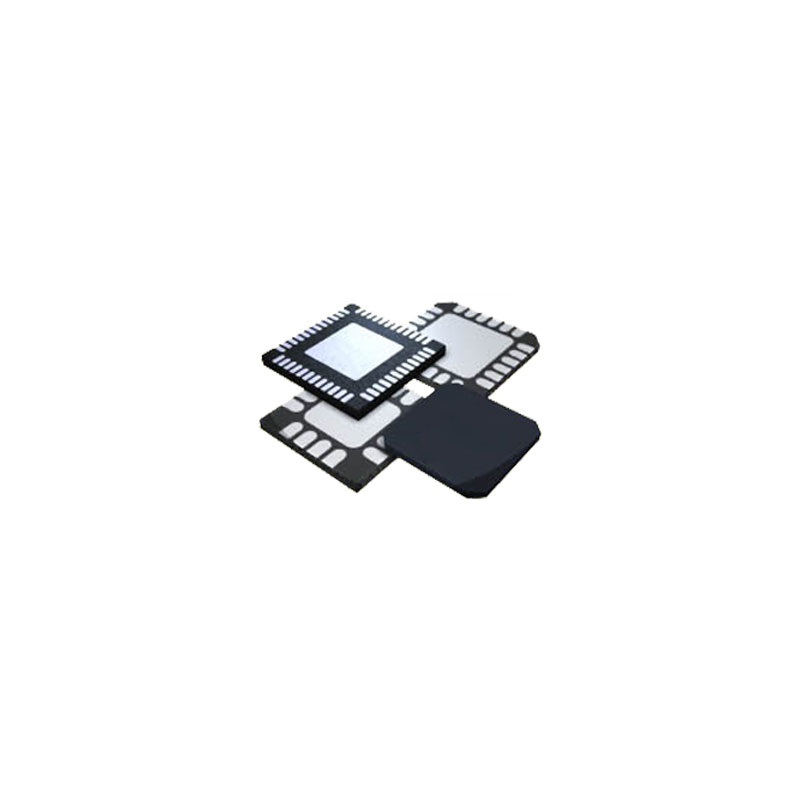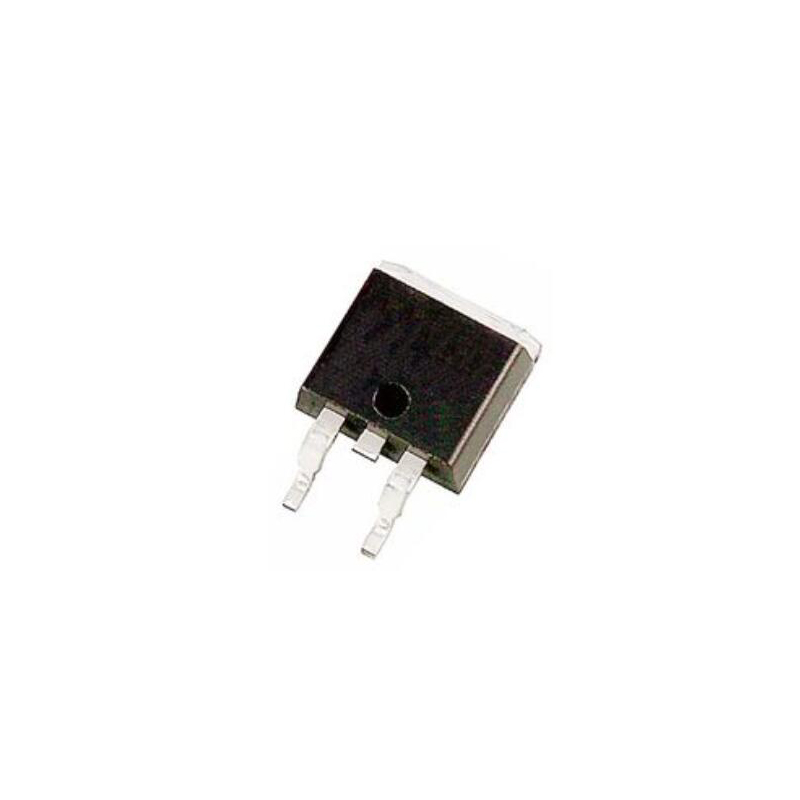The Definition, Applications, Advantages of PTC Thermistors
 Pubblicato: Apr 26, 2023
Pubblicato: Apr 26, 2023
PTC thermistors are a type of thermistor, a temperature-sensing device that changes its electrical resistance as its temperature changes. PTC stands for Positive Temperature Coefficient, meaning that the resistance of the thermistor increases as the temperature increases. This is in contrast to NTC (Negative Temperature Coefficient) thermistors, where the resistance decreases as the temperature increases.
PTC thermistors are widely used in various electronic applications for their unique properties, such as self-regulation and overcurrent protection. In this article, we will explore the definition and applications of PTC thermistors in detail.
Definition of PTC Thermistors
A PTC thermistor is a type of thermistor that is made up of a semiconductor material, usually based on barium titanate, that exhibits a positive temperature coefficient of resistance. This means that the resistance of the thermistor increases as the temperature increases. The increase in resistance is due to the fact that at higher temperatures, the material's internal structure changes, reducing the number of charge carriers and increasing the resistance of the material.
Applications of PTC Thermistors
Overcurrent Protection:
One of the main applications of PTC thermistors is in overcurrent protection. In this application, the PTC thermistor is placed in series with the load (usually a motor or a transformer), and its resistance is low at room temperature. However, as the current through the load increases beyond a certain threshold, the PTC thermistor's temperature increases, causing its resistance to increase sharply. This increase in resistance limits the current flow, protecting the load from damage.
Self-Regulating Heaters:
Another common application of PTC thermistors is in self-regulating heaters. In this application, the PTC thermistor is used as a temperature-sensing device, and its resistance increases as the temperature of the heater increases. This increase in resistance reduces the current flow, which in turn reduces the amount of heat generated by the heater. As the temperature decreases, the resistance of the PTC thermistor decreases, allowing more current to flow and generating more heat.
Voltage Regulation:
PTC thermistors can also be used for voltage regulation. In this application, the PTC thermistor is placed in series with a load, and its resistance increases as the voltage across it increases. This increase in resistance limits the voltage across the load, protecting it from damage.
Inrush Current Limiting:
PTC thermistors can also be used as inrush current limiters. In this application, the PTC thermistor is placed in series with the load, and its resistance is high at room temperature. However, as the load is switched on, the PTC thermistor heats up, causing its resistance to decrease sharply. This decrease in resistance allows a large current to flow through the load initially, but as the load reaches its steady-state operating temperature, the PTC thermistor's resistance increases, limiting the current flow.
Battery Protection:
PTC thermistors can also be used in battery protection circuits. In this application, the PTC thermistor is used to limit the current flow when the battery is being charged. The PTC thermistor's resistance increases as the temperature of the battery increases, limiting the charging current and protecting the battery from overcharging.
Advantages of PTC Thermistors
PTC thermistors offer several advantages over other types of electronic components. Some of the advantages of PTC thermistors are discussed below:
Self-Regulating:
PTC thermistors are self-regulating. They can regulate their own temperature and prevent damage to the device.
High Resistance:
PTC thermistors offer high resistance values. This makes them useful in applications where high resistance is required.
Small Size:
PTC thermistors are small in size. This makes them useful in applications where space is limited.
Low Cost:
PTC thermistors are relatively low in cost
Conclusion
PTC thermistors are versatile devices that find applications in a wide range of electronic circuits. Their unique properties, such as self-regulation and overcurrent protection, make them a popular choice for many applications. PTC thermistors are available in various sizes and resistance values, making them suitable for use in both low and high-power applications.
 Focus del settore popolare
Focus del settore popolare
Hot Products
-
![ACPL-W61L-560E]()
ACPL-W61L-560E
Broadcom Limited
High-speed optical isolation for reliable data transmissio
-
![LTC5507ES6]()
LTC5507ES6
Analog Devices Inc.
Monitor RF signal strengths across a broad frequency range with this reliable detector
-
![MT48LC32M16A2TG-75IT]()
MT48LC32M16A2TG-75IT
Micron Technology
SDR SDRAM DRAM Chip 512Mbit 32Mx16 3.3V 54-Pin TSOP-II Tray
-
![MAX811TEUS-T]()
MAX811TEUS-T
Analog Devices Inc./Maxim Integrated
The MAX811TEUS+T is a 4-pin plastic voltage detector with a fixed voltage of +3.08V
-
![DF70845AN80FPV]()
DF70845AN80FPV
Renesas Electronics Corporation
IC MCU 32BIT 512KB FLASH 112LQFP
-
![PIC18LF6722-I/PT]()
PIC18LF6722-I/PT
Microchip Technology
PIC PIC® 18F Microcontroller IC 8-Bit 40MHz 128KB (64K x 16) FLASH 64-TQFP (10x10)
Parti correlate
-
![Si7129DN]()
Si7129DN
VISHAY
-
![RTL8710AF]()
RTL8710AF
REALTEK
-
![PEX8619]()
PEX8619
AVAGO
Flexible & Versatile 16-lane 16-port PCI Express
-
![AM52001AJ44HM]()
AM52001AJ44HM
AMD
-
![CXA-L0612]()
CXA-L0612
TDK-Lambda
CCFL Inverter Single Lamp 4W 45KHz
-
![65PW061]()
65PW061
NEC Corporation
Boosting brightness and color consistenc
-
![SUB45N05-20L]()
SUB45N05-20L
Vishay
MOSFET with 50V voltage rating and 45A current capacity


 Tempo di aggiornamento: Apr 26, 2023 Elettronica di consumo
Tempo di aggiornamento: Apr 26, 2023 Elettronica di consumo














